Right now the hottest travel destinations in America are US National Parks, and it’s easy to see why. With the Delta variant postponing international travel plans and making the idea of going overseas feel like more trouble than it’s worth, people are turning their sights to the ease of domestic travel. And what greater escape is there than hopping in your car with a few essentials, taking a scenic drive, and trekking deep into your favorite national park?
The problem is that because national parks are so alluring right now, everyone is taking a trip to them. This means the most popular national parks are often swamped with other people — something our own US National Parks expert, Emily Hart, has covered extensively.
In hopes of helping you find some more off-the-beaten-path options, we reached out to J.P. Boneyard and the rest of the team at the Fifty-Nine Parks project. Boneyard and his crew know our national parks intimately, the Fifty-Nine Parks project is an ongoing screen-printed poster series that produces unique and beautiful artworks inspired by vintage WPA posters meant to showcase each of the US’s 59 national parks. They also just dropped a hardcover book, The Art Of The National Parks, through Insight Editions that features artwork from over 50 artists from around the world who have attempted to capture the visual wonders of The Great Smoky Mountains, The Grand Tetons, Olympic Glacier, Zion, and other wild spaces.
All this to say that their credentials for recommending parks are impeccable. Just like their design sense.
For this guide, Boneyard and his team made sure to highlight the national parks they love with low visitation numbers, making sure to cover each region of the United States.
Colorado — Great Sand Dunes National Park and Preserve
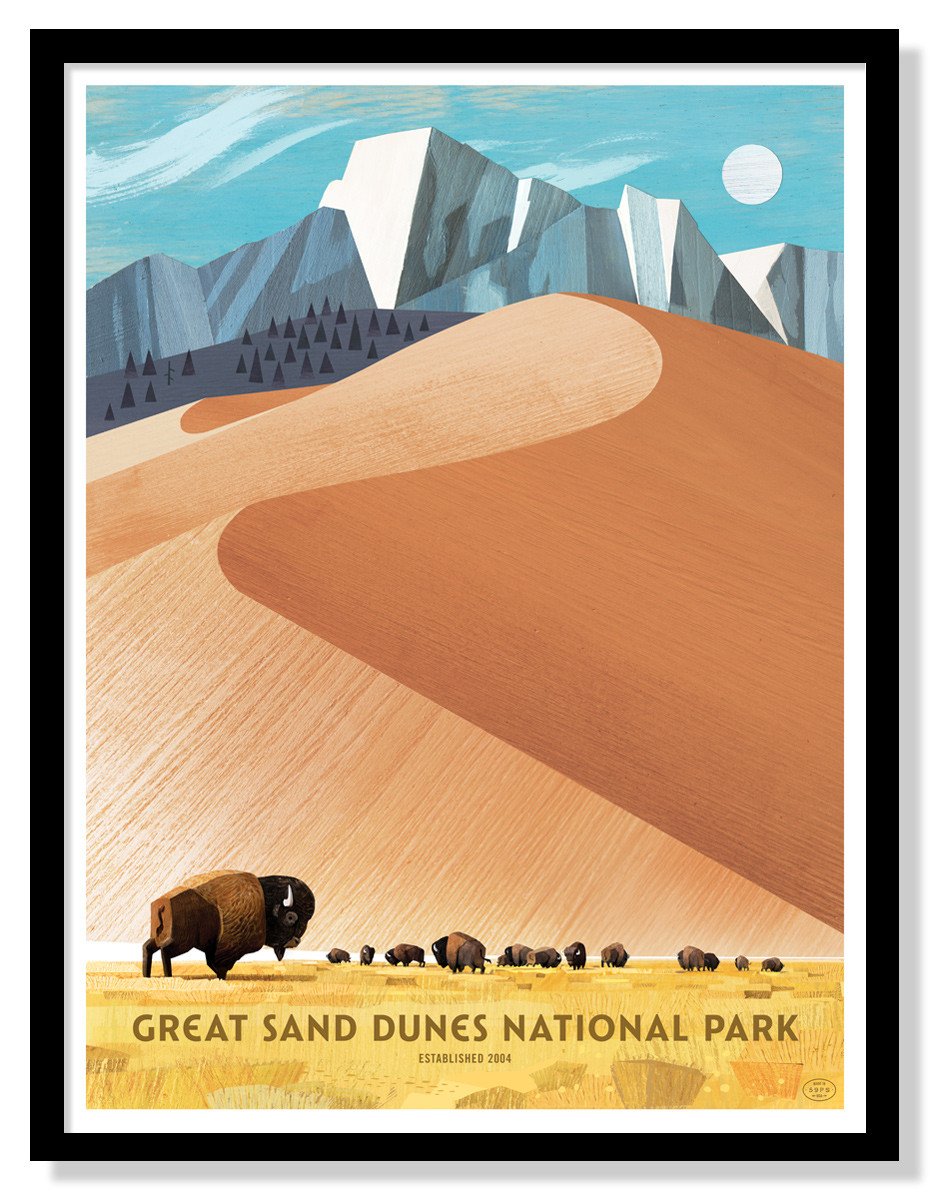
Great Sand Dunes is such a surreal experience. You can hike, swim, and get some of the best views of the stars at night! This park contains over thirty square miles of mysterious and surreal sand dunes, some soaring as high as 750 feet before plummeting back to earth. The juxtaposition of the tundra with rich forests and warm wetlands creates a profusion of flora and fauna in the park. Yucca and prickly pear cactus grow right beside pine trees and myriad wildflowers. Bighorn sheep, pronghorns, and marmots prance alongside salamanders, toads, and frogs.
Designated an International Dark Sky Park, the Milky Way is visible from Great Sand Dunes National Park, particularly during moonless nights from midsummer to late fall. Just like the soaring heights and swooping lows of the dunes, Great Sand Dunes National Park is a place where the earth can change right before your eyes!
California — Lassen Volcanic National Park
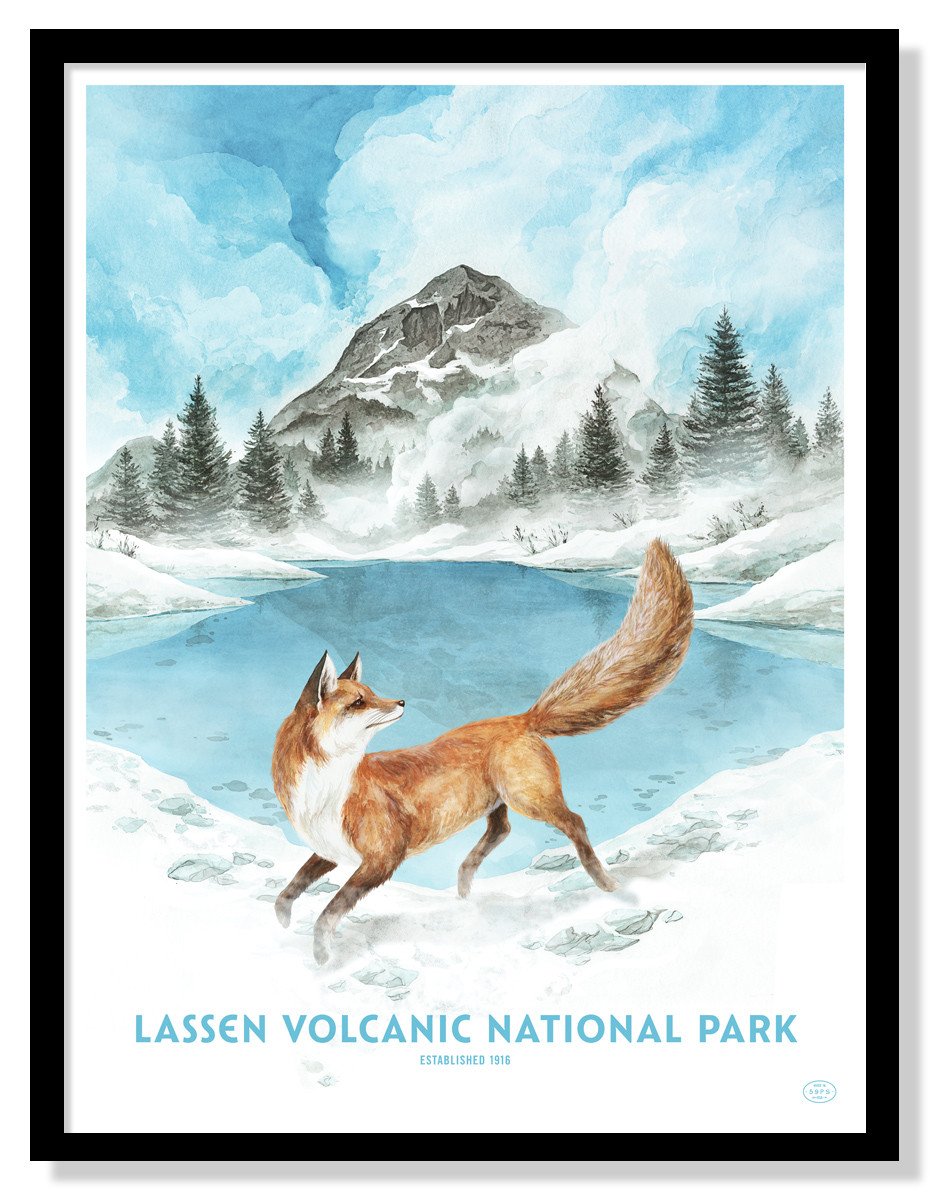
With over 200 lakes and ponds, Lassen is the perfect park to hike all day and cool off with a swim. Home to over 216 bird species, it’s also a bird lover’s paradise! We haven’t even mentioned all of the volcanoes and sulfur pools! This was once the most active volcanic region in America; today, only Lassen Peak, the world’s largest plug dome volcano, is still active. With elevations ranging from 5,300 feet to 10,000 feet, the park offers visitors many different landscapes, including lakes, meadows, mountain peaks, volcanoes, and waterfalls.
Elsewhere, the park includes over 27,000 acres of old-growth forests. Grassy meadows teeming with wildlife surround the beautiful, deep-blue Manzanita Lake. Lassen Volcanic National Park is a living example of how creation and destruction exist side by side in nature.
Texas — Big Bend National Park
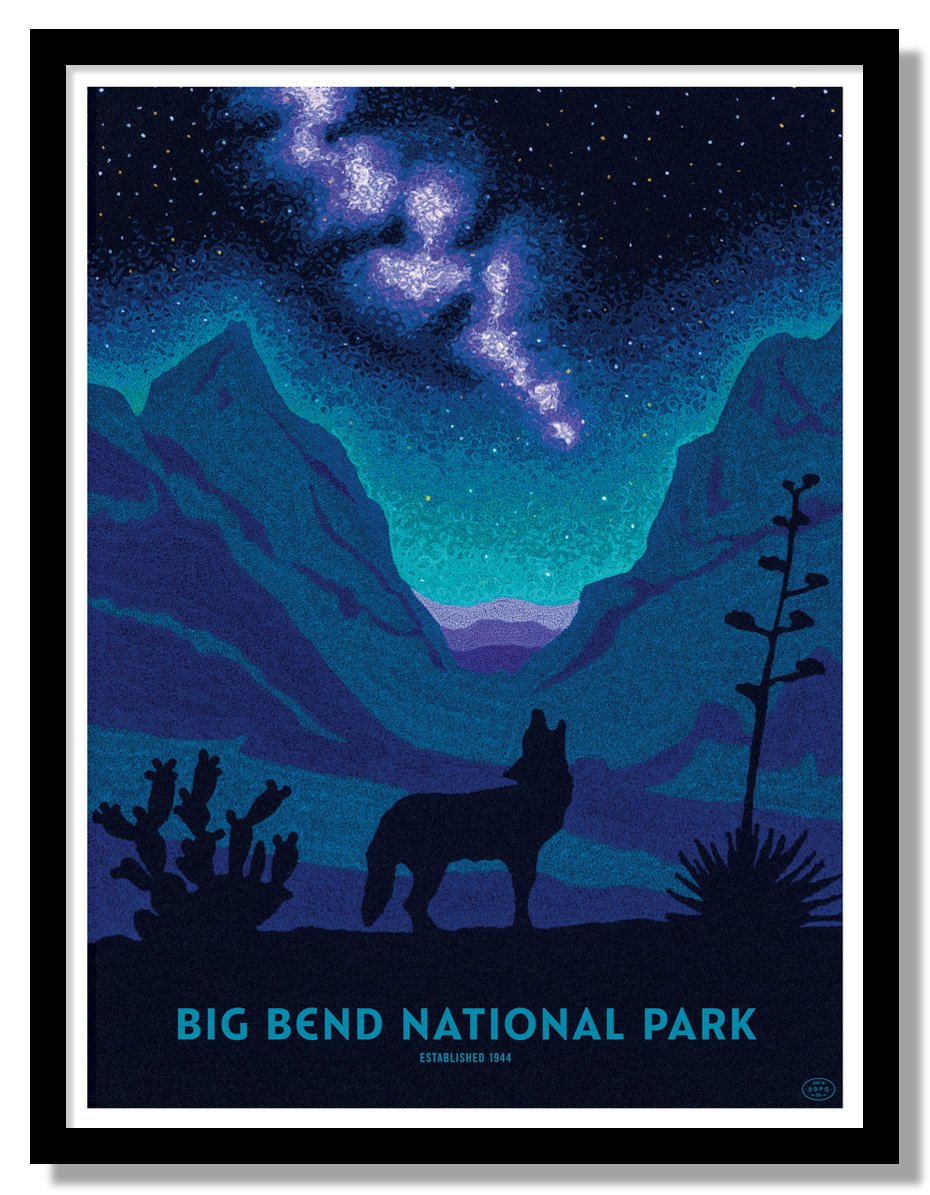
One of the coolest parks is also one of the most overlooked. Over the course of millions of years, the Rio Grande’s mighty waters carved their way through the limestone walls of these towering canyons deep in the beating heart of Texas. Hike the valleys of Big Bend with the Chisos Mountain Range looming in the background and take in rock formations so varied in size, shape, and appearance that they rival the clouds. Canoe along the Rio Grande and its tributaries and see red-eared slider turtles tottering along in the shadow of the Santa Elena Canyon.
At night, the wildlife comes alive with black-tailed jackrabbits, roadrunners, and mountain lions roaming the desert. Whether you are interested in dinosaur bones or the stars, Big Bend National Park offers a gateway to the wonders of the American desert.
Michigan — Isle Royale National Park
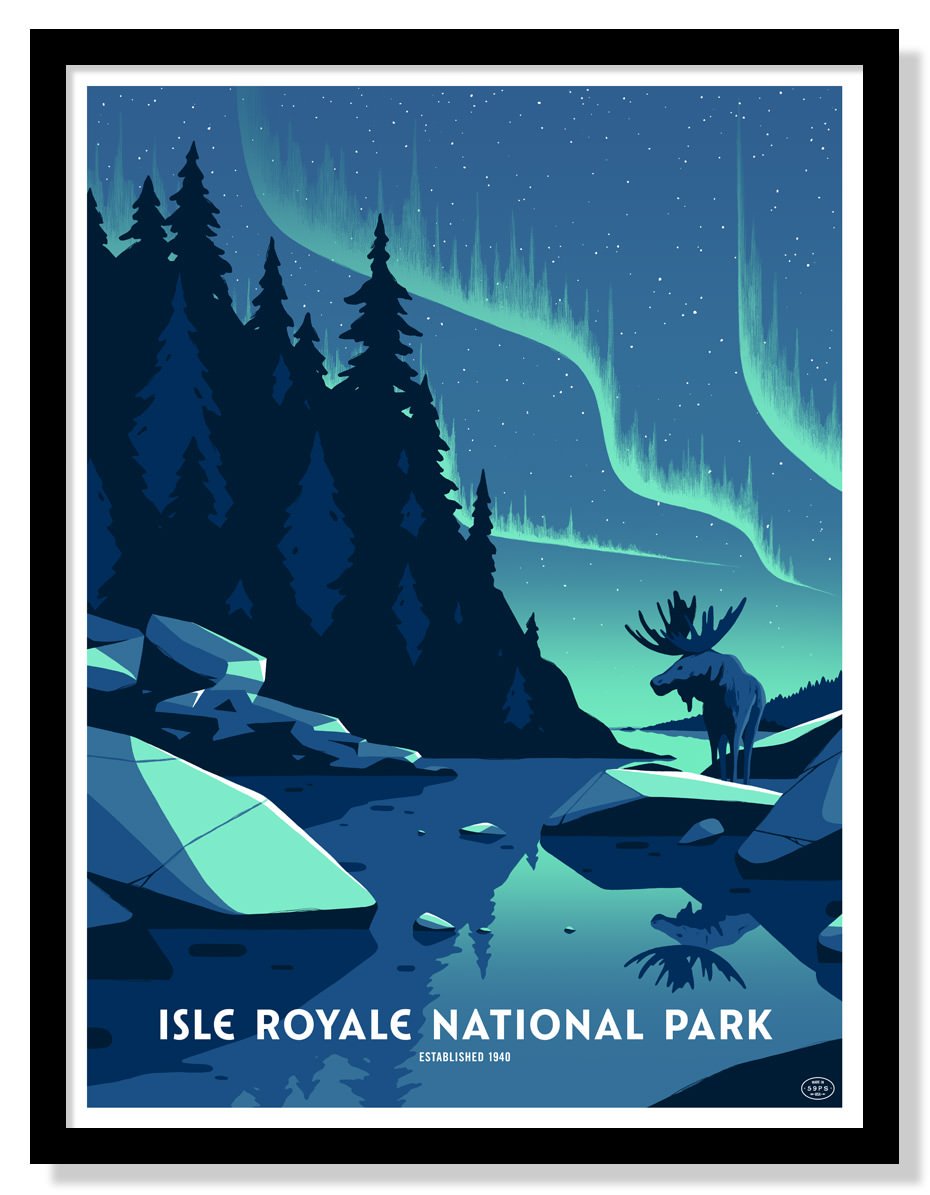
It takes a certain kind of adventurer to explore a place as remote as Isle Royale National Park, but those who make the trip always come back for another visit. In fact, Isle Royale might have the most return visitors of any national park. This forty-five-mile-long island of glacier-scarred volcanic rock is the most remote national park in the contiguous United States, located deep in Michigan’s Lake Superior. Seventy-three miles north of the Houghton area of Michigan, the island can only be accessed by boat or plane. Moose weighing as much as a thousand pounds wander with carefree abandon, the true leaseholders of this remote wilderness. They can often be seen feeding in the lakes and ponds of the island or roaming through the shady forests.
The moose are no longer alone here, either. These days, gray wolves stalk them for food. Though the island may be remote, it is full of life. Isle Royale has long been considered the best-kept secret of the national park system!
West Virginia/Virginia — New River Gorge National Park
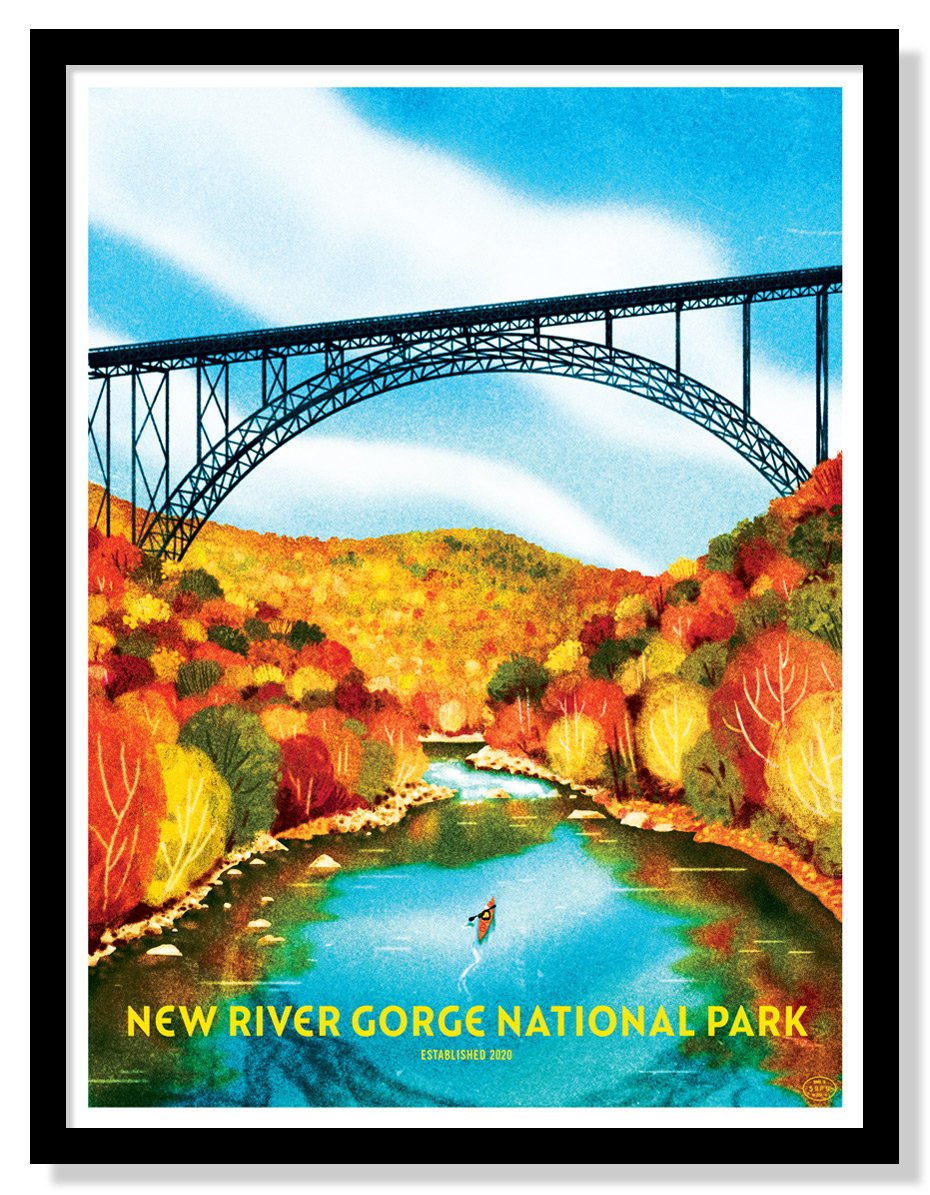
Stunning yet understated. New River Gorge is perfect for rafting, rock climbing, and hiking! Though millions of years old, the ferocious New River continues to carve out the longest and deepest river gorge in the Appalachian Mountains. The West Virginia stretch of the New River is a whitewater rafting mecca. The fifty-three miles of free-flowing river beginning at Bluestone Dam and ending at Hawk’s Nest Lake features an array of possibilities for rafting enthusiasts.
The southern section of the river offers smoother jaunts and long pools, while the lower gorge offers some of the most challenging Class V rapids in the country. Towering 876 feet above the river stands one of the longest and highest single-span bridges in the world. The soulful spirit of Appalachia echoes throughout this deep river gorge.
Minnesota — Voyageurs National Park
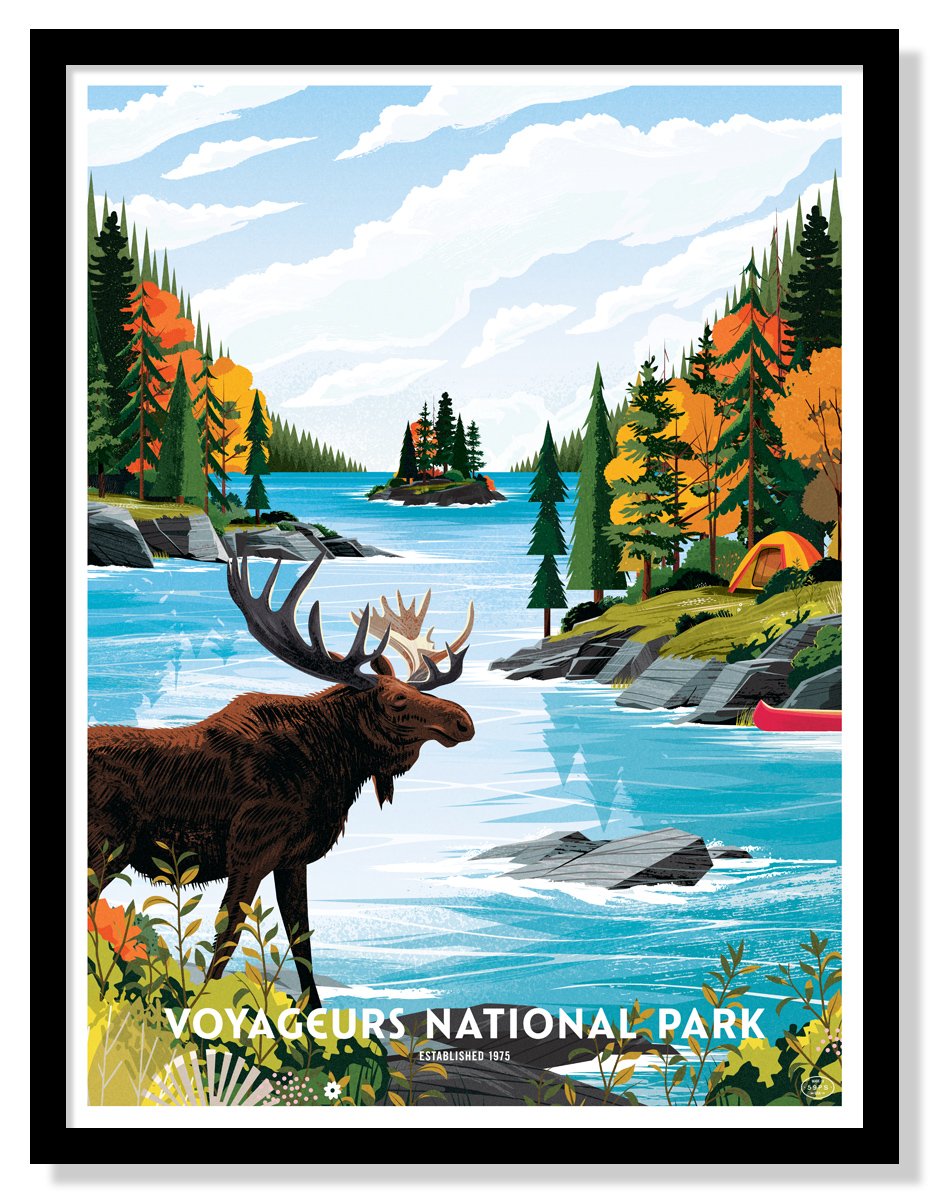
Another park that features amazing camping, swimming, and plenty of space for yourself! It’s also an awesome park for fishing. A mere five-hour drive from the Twin Cities brings you to the northern border of Minnesota where more than 900 islands surrounded by glinting sapphire lakes make up Voyageurs National Park. The main island is accessible only by boat. Boating is the appropriate way to experience Voyageurs, as kayaking is integral to the history of the park.
The park consists mainly of four lakes: Rainy Lake, Kabetogama Lake, Namakan Lake, and Sand Point Lake. The smell of fresh pine trees permeates the air in this unspoiled landscape of pristine lakes and islands. It’s enough to make you sing while you take in the sights!
Florida — Dry Tortugas National Park
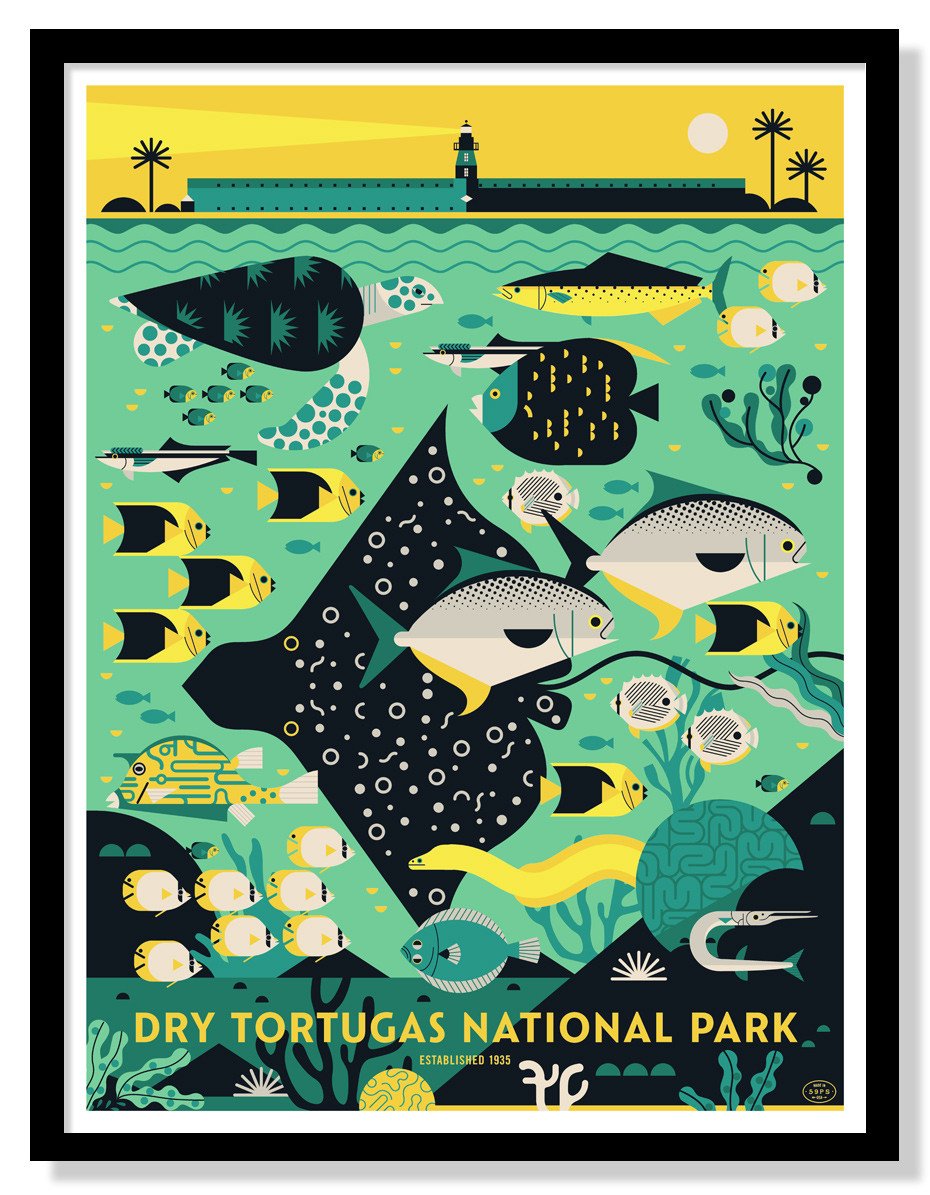
Swim with sea turtles and take in a 175-year-old fort? Yes, please! Accessible via a two-hour boat trip off Key West, this collection of tiny islands is located in the Straits of Florida. This national park is 99 percent water, save for a few tiny ultra-remote islands. The island known as Liberty Key has a rich history; it hosts a Civil War–era fort that was later turned into a prison. Fort Jefferson remains the largest brick masonry structure in the United States.
In 1908, President Theodore Roosevelt designated the area a federal bird sanctuary. During low tide, when the sandbar is not submerged, visitors can walk along the thin strip between the bush and the Garden Key and watch for the more than 300 species of birds residing there. The water surrounding Garden Key hosts some of the most vibrant and colorful coral reefs in the United States and houses myriad species of fish and turtles, including the leatherback, loggerhead, and hawksbill sea turtles.
The variety of marine life rewards anyone who is up for this adventure!
Washington — North Cascades National Park
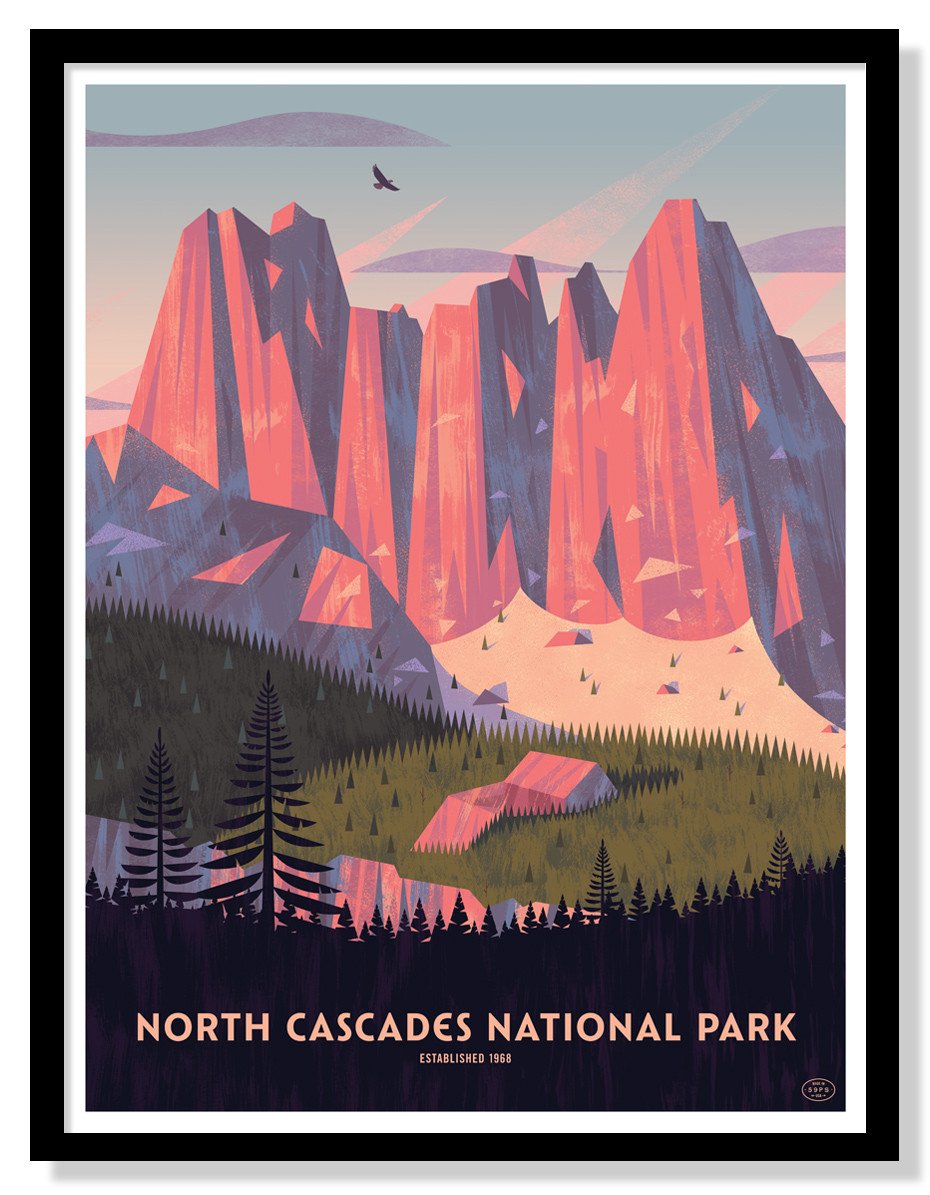
With epic Mountains, tons of great hiking, and plenty of lakes for swimming—North Cascades National Park is just a three-hour drive from Seattle. Nowhere else can you find such vast, desolate wilderness so close to civilization. Here, mountains and glaciers surround over 500,000 acres of preserved wilderness. Peaks tower to over 9,000 feet. It’s no wonder that famed Beat author Jack Kerouac escaped to this wilderness on his quest for a Zen state of mind.
At one end of the park, you’ll find yourself in the snowiest place in the United States, where mountain tops wear a shawl of powder year-round. Elsewhere, visitors can marvel at a menagerie of waterfalls, from roaring waves of whitewater to trickling ribbons of turquoise. The sound of chirping birds and babbling rivers and streams creates a feeling of deep tranquility, even if the surrounding mountains have names like Mount Terror, Poltergeist Pinnacle, and Ghost Peak.
You come here to hike, bike, and climb. You come here for peace… and peace of mind.
Utah — Canyonlands National Park
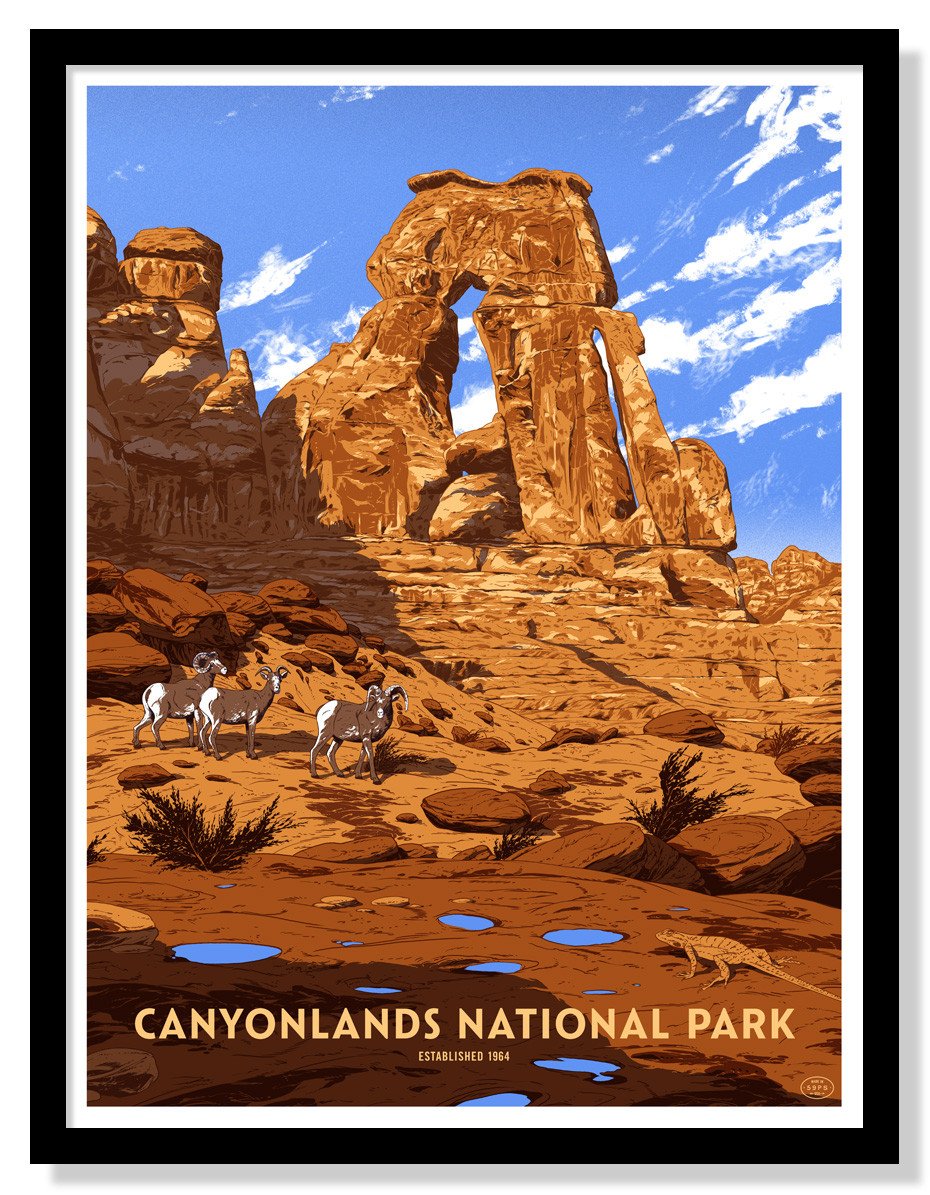
Arches National Park often gets most of the shine in this region of Utah. However, Canyonlands is just as awe-inspiring and is only thirty minutes away. Southern Utah is rich with natural canyons preserved within national parks, but the sheer variety of geological formations at Canyonlands National Park makes it especially crucial to see for any aficionado. The Colorado River, the Green River, and their respective tributaries eroded the canyons, mesas, and buttes that make up this gigantic 337,598-acre park.
The park offers casual and backcountry hikes alike. You’ll be able to discover prehistoric rock paintings, amazing vistas, and technicolor spires. Canyonlands is a choose-your-own-adventure that offers something to astound every type of explorer.
New Mexico — White Sands National Park
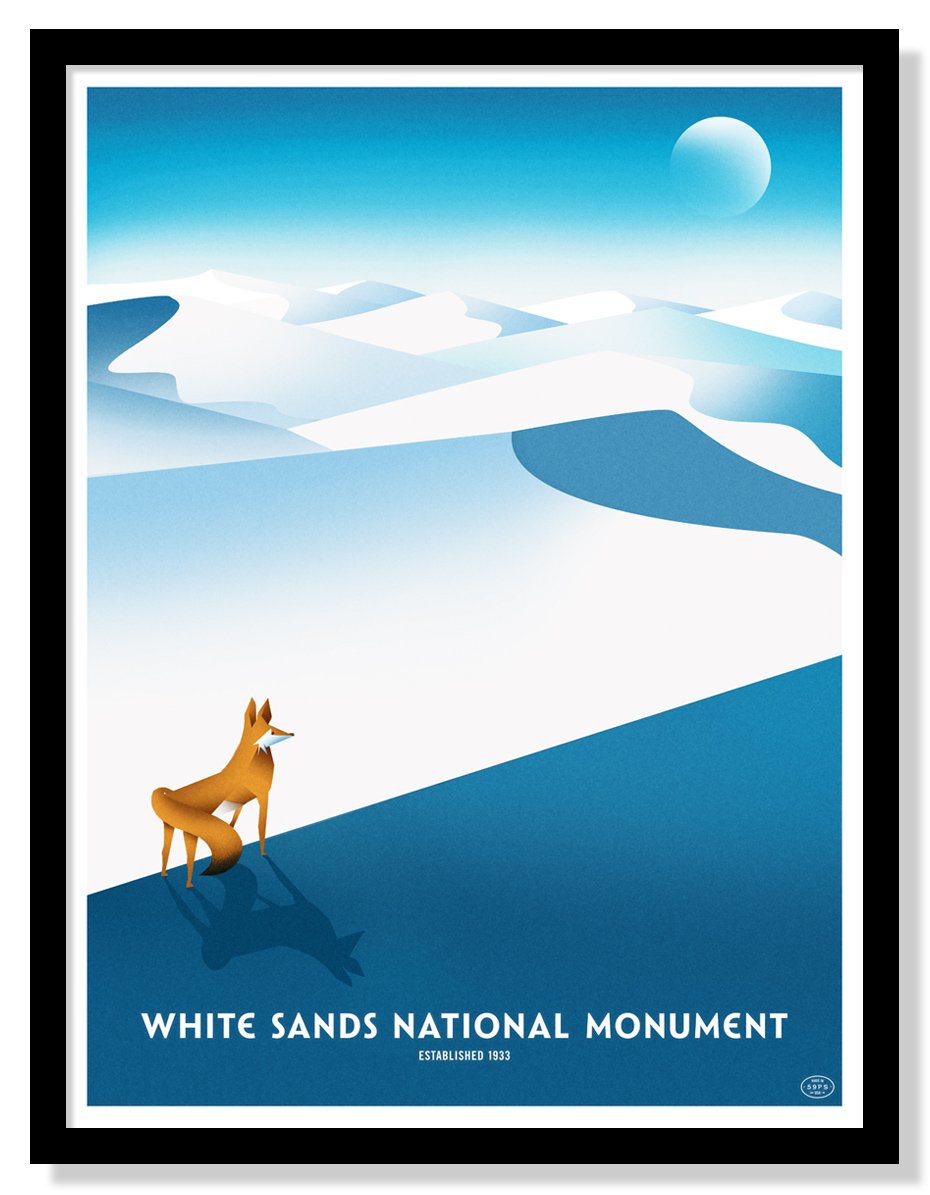
White Sands is such a magical spot! It’s even excellent for sledding in the summer! Located in central New Mexico, the park features the world’s largest gypsum dune field. These blinding white dunes are a marvel of nature so foreign to the human eye that visitors regularly get lost while exploring them. These dunes are otherworldly. They look more like snow than sand and feel like powdered sugar.
Despite a desert climate that averages ninety-seven degrees Fahrenheit in the summer, the sand remains cool due to its reflective hue. Visitors often treat the dunes like mountains of snow and use plastic sleds to slide down the winding slopes. The park encompasses more than 275 square miles of powdery dunes that stretch up to fifty feet tall. There are few places you’ll encounter in the world quite like White Sands National Park!







